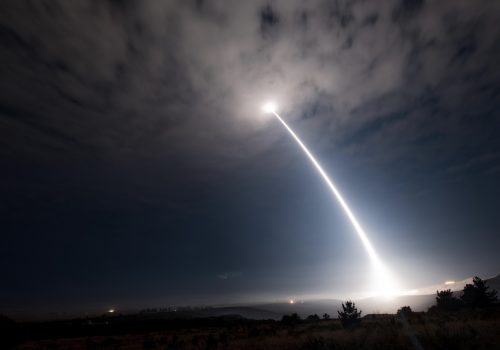By: Mark Massa and Raphael Piliero
What is the kernel of the issue?
Intercontinental ballistic missiles (ICBMs) are essential to the four goals of US nuclear strategy: deterrence of adversaries, assurance of allies, damage limitation, and hedging against an uncertain future. However, US ICBMs are rapidly aging while the nuclear arsenals of great-power competitors are growing.
Why is the issue important?
The United States relies on a nuclear triad, with nuclear bombers, submarines, and ballistic missiles. Dispersed across the United States, 400 ICBMs present a distributed set of targets, making it very difficult for an adversary to disarm the United States of nuclear weapons.
What is the recommendation?
The Biden administration should modernize the ground leg of the US nuclear triad and consider a moderate increase in the number of ICBMs. Submarines hide in the oceans and bombers rely on stealth, but improvements in unmanned underwater vehicles and new sensors like quantum radar could threaten the survivability of these legs of the nuclear triad. Modernized ICBMs that can avoid new generations of adversary missile defenses are thus key to maintaining deterrence. Moreover, a modest increase in ICBMs, within treaty limits, would both show allies that the United States takes its nuclear extended deterrence obligations seriously.
